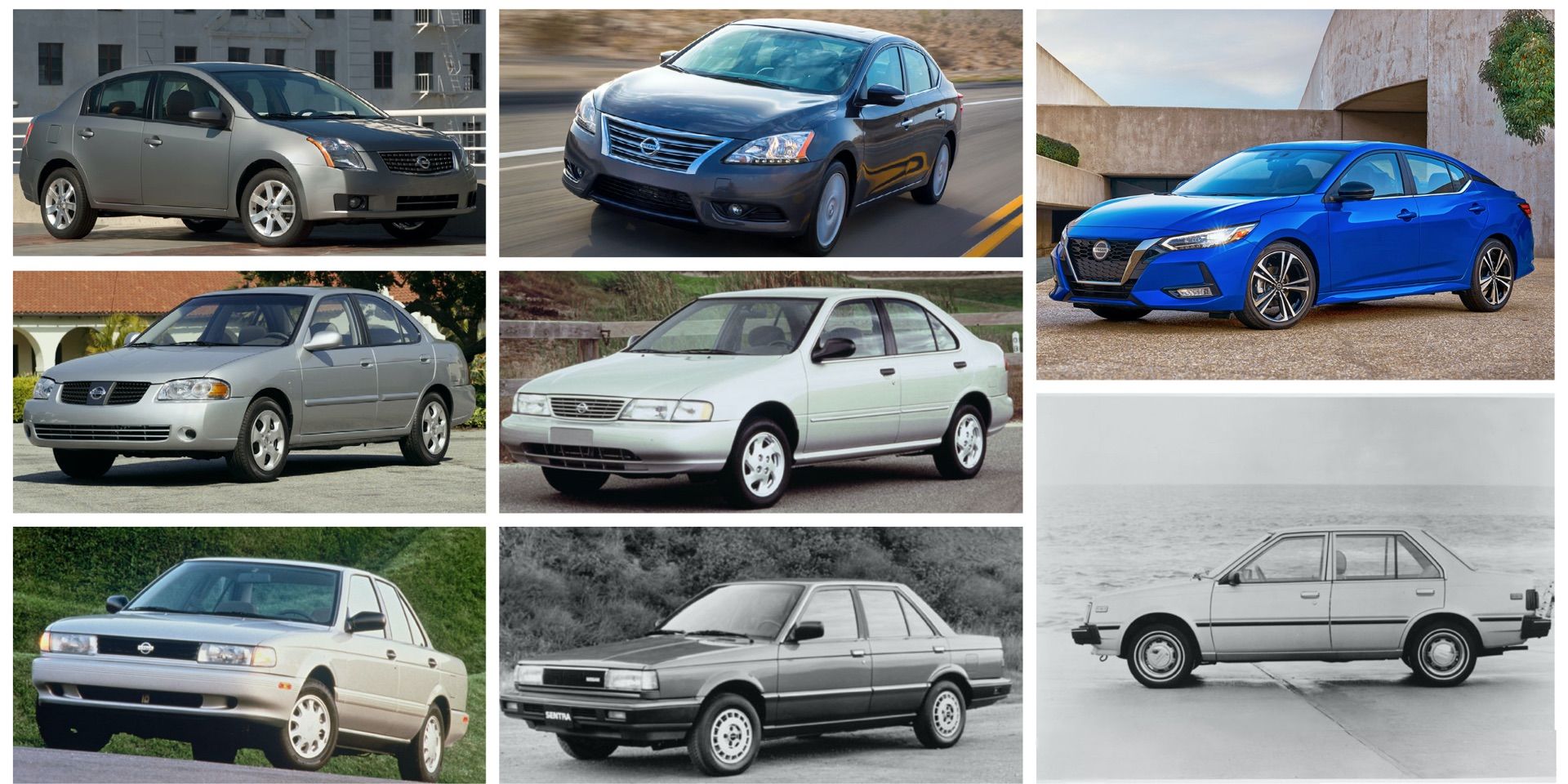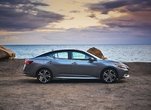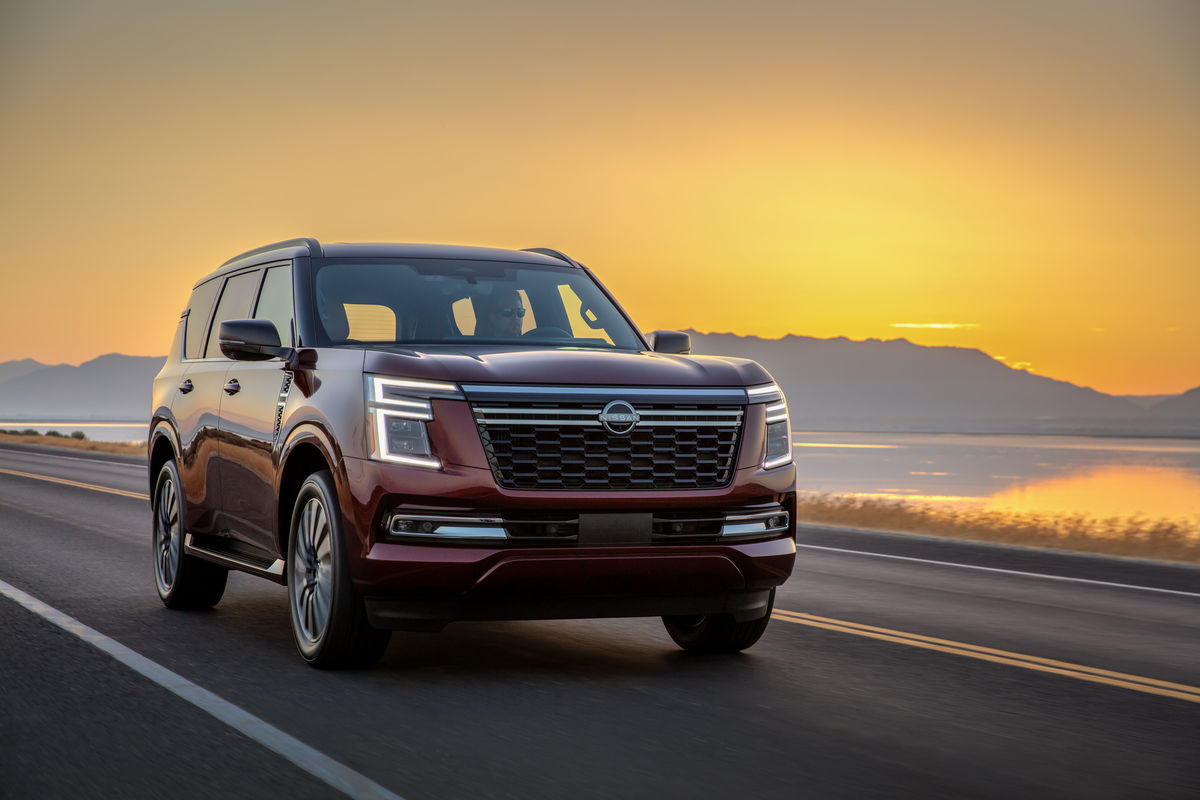Over The Last Two Decades, The Nissan Sentra Has Become Ridiculously Fuel Efficient
December 11 2020, Centennial Nissan

Since 2000, Nissan has made its way through four generations of the Sentra. The 2020 Nissan Sentra, for example, is the eighth in a long line of Sentras that stretches all the way back to the early 80s.
Great feats of modern engineering mean the Sentra is wildly more advanced than the Sentra was at the turn of the millennium. Could anybody in 2000 have imagined that in 2020, the Nissan Sentra would offer something like blind spot monitoring (which is now standard equipment) or an Around View Monitor that provides a 360-degree bird's eye view of the car's surroundings? No.
Yet many of the advancements in new technology aren't visible at all. Progress in aerodynamics and powertrains have made the 2021 Nissan Sentra both significantly more powerful and significantly more fuel efficient.
| YEAR | CITY FUEL ECON. | HWY FUEL ECON. | AVG. ANNUAL FUEL COST | HORSEPOWER |
| 2000 | 10.1 L/100km | 7.4 L/100km | $2,314 | 126 |
| 2005 | 9.6 L/100km | 7.4 L/100km | $2,236 | 126 |
| 2010 | 8.7 L/100km | 7.0 L/100km | $2,054 | 140 |
| 2015 | 8.0 L/100km | 6.1 L/100km | $1,872 | 130 |
| 2020 | 8.0 L/100km | 6.0 L/100km | $1,846 | 149 |
According to Natural Resources Canada's Office of Energy Efficiency, the 2001 Nissan Sentra was rated at 10.1 L/100km in city driving; 7.4 L/100km in highway driving.
Fast forward to 2020 and the Sentra produces 18% more power while consuming 19% less fuel. Based on average drivers who drive on average routes and average distances, that means a 2020 Nissan Sentra will cost roughly $40 less per month than that 2000 Sentra.
That's progress.









